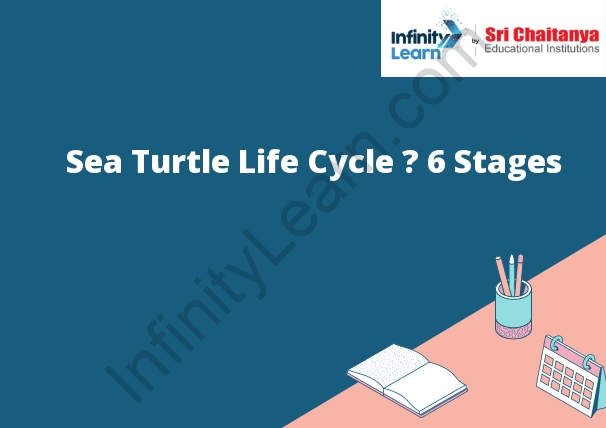Sea turtle life cycle
Sea turtles have a life cycle that includes an egg, a hatchling, a juvenile, and an adult. Female sea turtles lay eggs on beaches. The eggs incubate and hatch, and the hatchlings make their way to the ocean. They live in the ocean for a number of years, becoming juveniles. As juveniles, they eat jellyfish and other small creatures. When they reach adulthood, they migrate back to the beaches where they were born to lay eggs.
Sea turtles are a species of reptile that can be found in both the Atlantic and Pacific oceans. They are a long-lived species, with some individuals known to live for more than 100 years. There are seven different species of sea turtles, all of which are classified as either endangered or threatened. The life cycle of a sea turtle begins with the eggs. Female sea turtles lay their eggs on the beach, and the eggs incubate for around two months. Once they hatch, the baby turtles make their way to the ocean. They spend their juvenile and adolescent years in the ocean, before returning to the beach to lay their own eggs. The life cycle of a sea turtle is a fascinating process, and it is crucial to protect these animals in order to ensure their survival.

There are six stages in the life cycle of a sea turtle. The first stage is the egg. The eggs are laid on the beach, and then the females leave. The eggs incubate in the sand for about two months, and then the baby turtles hatch and start to make their way to the ocean.
- The second stage is the hatchling. The hatchlings are very small and they need to find their way to the ocean. Some hatchlings are lucky and find their way to the ocean, but others are eaten by predators or die from dehydration.
- The third stage is the juvenile. The juveniles are still small and they need to find food and shelter. They are also at risk from predators.
- The fourth stage is the sub-adult. The sub-adults are bigger now and they are starting to look like adults. They are also starting to move further away from the shore.
- The fifth stage is the adult. The adults are fully grown and they are starting to breed. They can also travel long distances.
- The sixth stage is the senescent. The senescent are the old sea turtles. They are no longer able to breed and they are starting to die.




